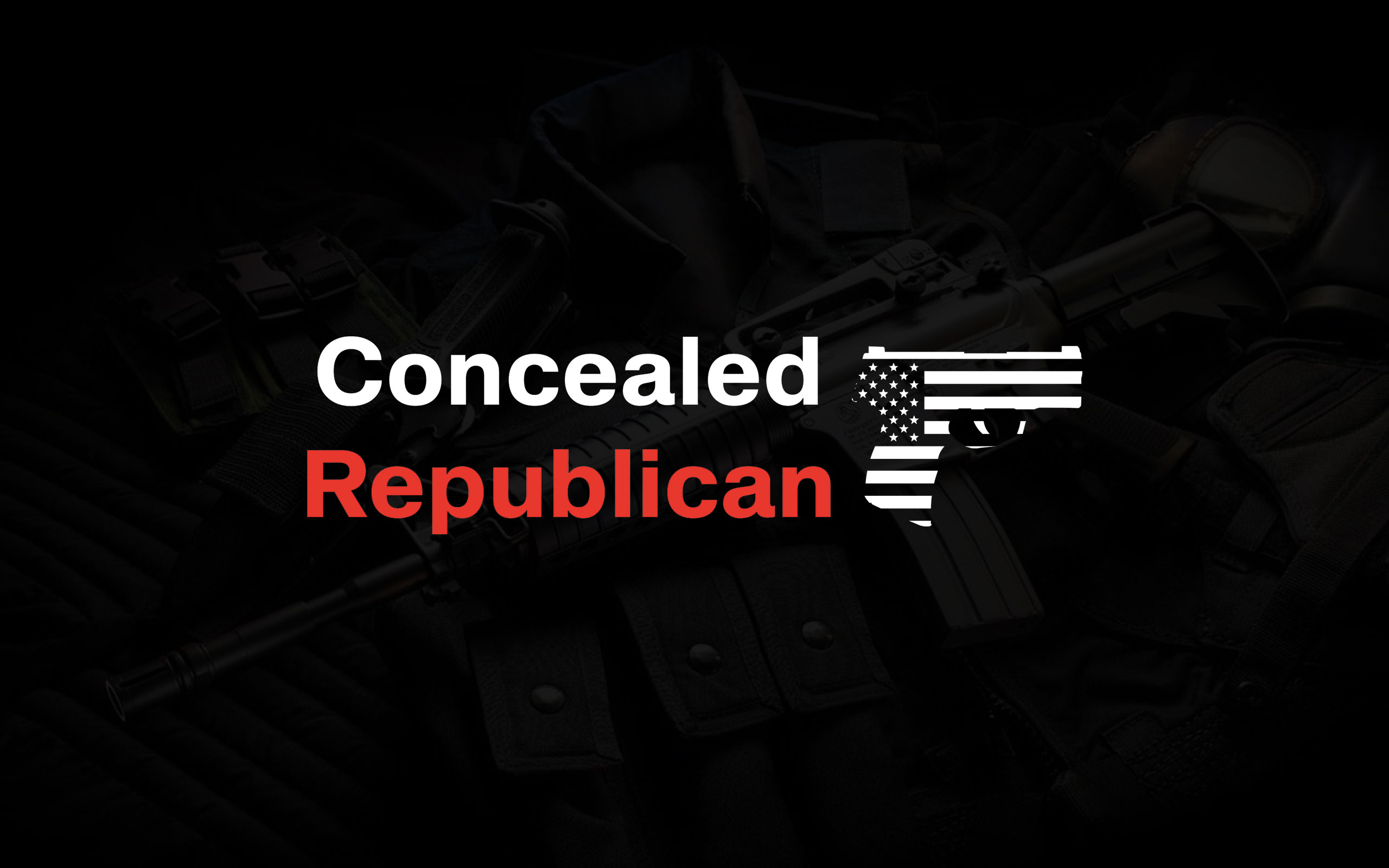Florida Republican Governor Ron DeSantis’ recent hostility toward artificial intelligence — and his promise of regulatory action — stands in stark contrast to the Trump administration’s apparent embrace of the technology.
While President Trump celebrates multibillion-dollar private-sector investments in AI and frames it as essential in the technological race against China, DeSantis warns that AI is “very dangerous” and insists that policymakers must control it through regulation.
Limiting AI regulation to the federal level is the only way the administration can make space for a vibrant and innovative American AI industry.
As states continue to pass legislation that either conflicts with or adds tension to federal efforts, the path forward for the American AI industry grows murkier. Innovators and consumers alike deserve a unified national framework that reduces costs and legal uncertainty.
One solution, already floated during reconciliation discussions over the One Big Beautiful Bill Act, would be an AI regulatory moratorium. This kind of pause could help eliminate conflicting or redundant state and federal policies, allowing Congress to actively shape a coherent regulatory landscape.
In the coming days, Trump is expected to announce a new White House AI plan, one that will likely cast the AI race as central to America’s power competition with China. The plan is also expected to reaffirm the administration’s belief that a light-touch regulatory approach is essential for U.S. dominance.
“You cannot regulate your way to winning the AI race,” AI and crypto czar David Sacks said in an interview with CNBC — a clear sign of the administration’s deregulatory approach.
States going rogue
State governments, however, are not following suit. More than 1,000 state-level AI-related bills have been introduced in 2025 alone. This wave of state legislation fosters uncertainty and risk, not only due to contradictions in the laws themselves but also because of redundancy and compliance overload.
Take, for example, SB 1213 in Pennsylvania, which outlaws the use of AI in the production of nonconsensual sexual imagery. Fine, but Congress already passed and President Trump signed the Take It Down Act earlier this year. The federal law prohibits the publication of nonconsensual imagery — including content generated with AI. Companies are now forced to navigate two separate statutes covering the same issue. For smaller AI startups, this patchwork is a regulatory nightmare.
RELATED: The AI takeover isn’t coming — it’s already here
Photo by BlackJack3D via Getty Images
With the sheer volume of state-level AI laws, this situation will only grow more dire, tackling everything from copyright and user safety to privacy and data security. Even in cases where Congress and the states agree on the policy response, creating two differing statutes leads to legal uncertainty for both consumers and businesses.
A threat to innovation
As with earlier waves of digital innovation, the spread of state-level rules threatens to undermine the Trump administration’s efforts to establish a light-touch regulatory approach. Whether state laws contradict or merely duplicate federal ones, each additional statute brings new compliance demands — and new barriers to entry.
If the Trump administration is serious about its pro-AI agenda and promoting innovation and development, it must push for an AI regulatory moratorium. Without it, states have the power to water down — or outright defeat — federal efforts to foster growth.
Limiting AI regulation to the federal level is the only way this administration can make space for a vibrant and innovative American AI industry.
Read the full article here












![Dem Lawmaker Says Michelle Obama is ‘Absolutely Correct’ That America Was Not Ready for a Woman President [WATCH] Dem Lawmaker Says Michelle Obama is ‘Absolutely Correct’ That America Was Not Ready for a Woman President [WATCH]](https://www.rvmnews.com/wp-content/uploads/2024/10/2024.10.27-12.37-rvmnews-671e34037b748.jpg)